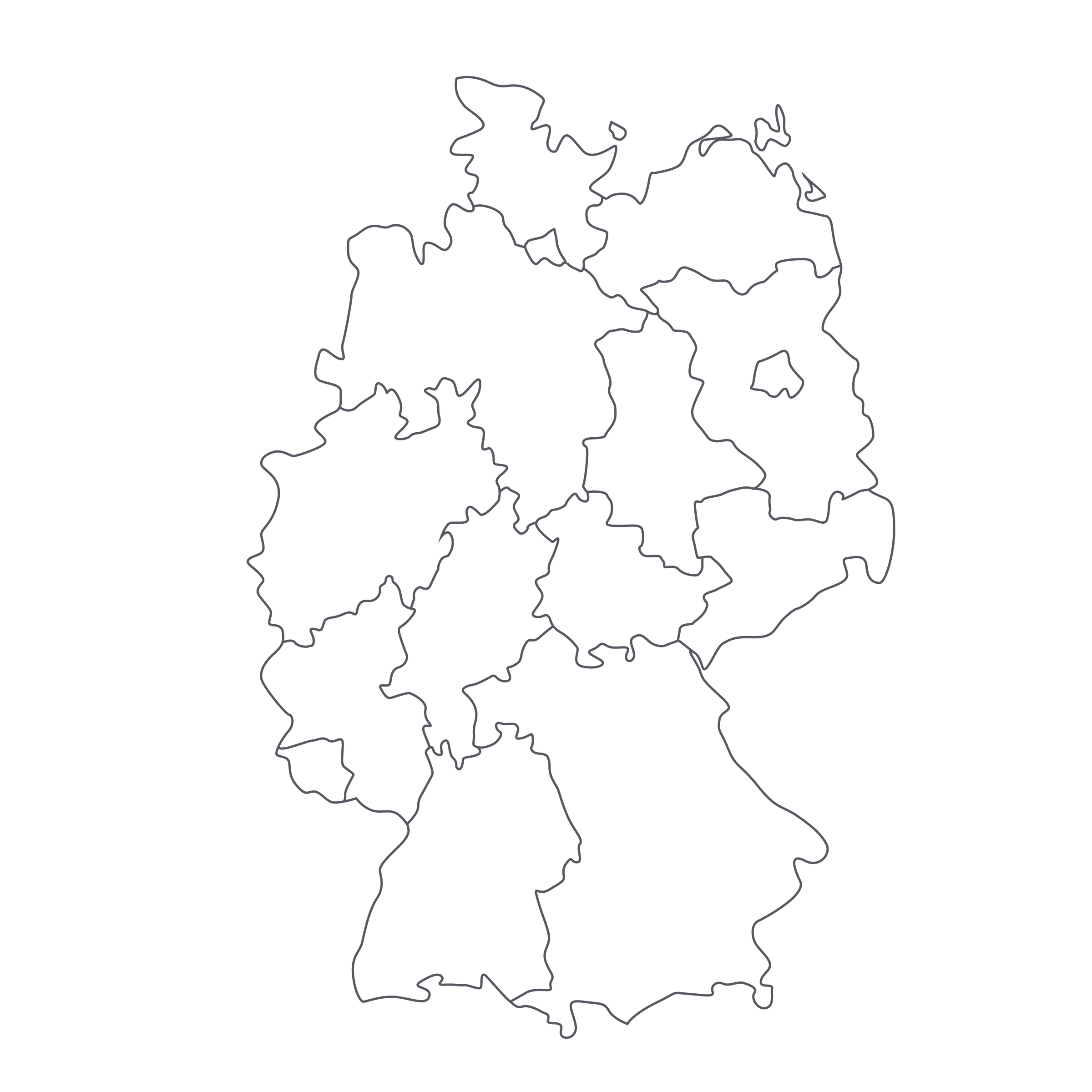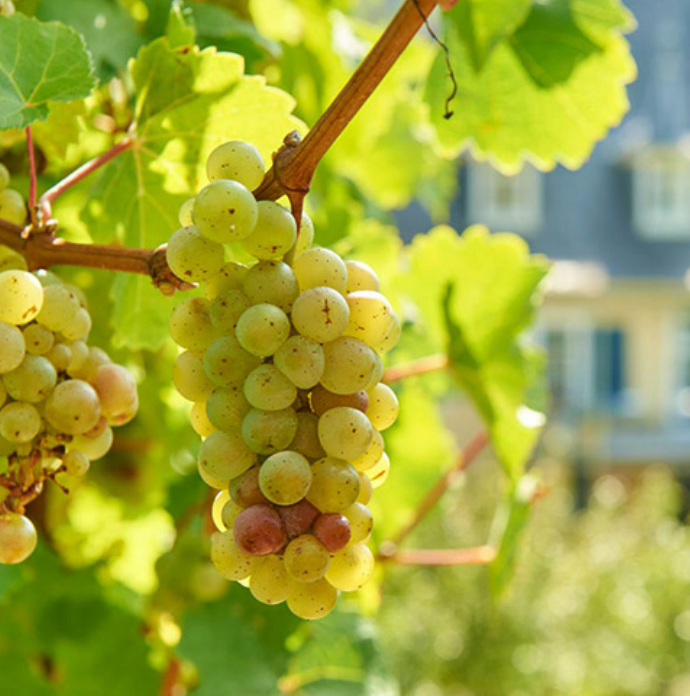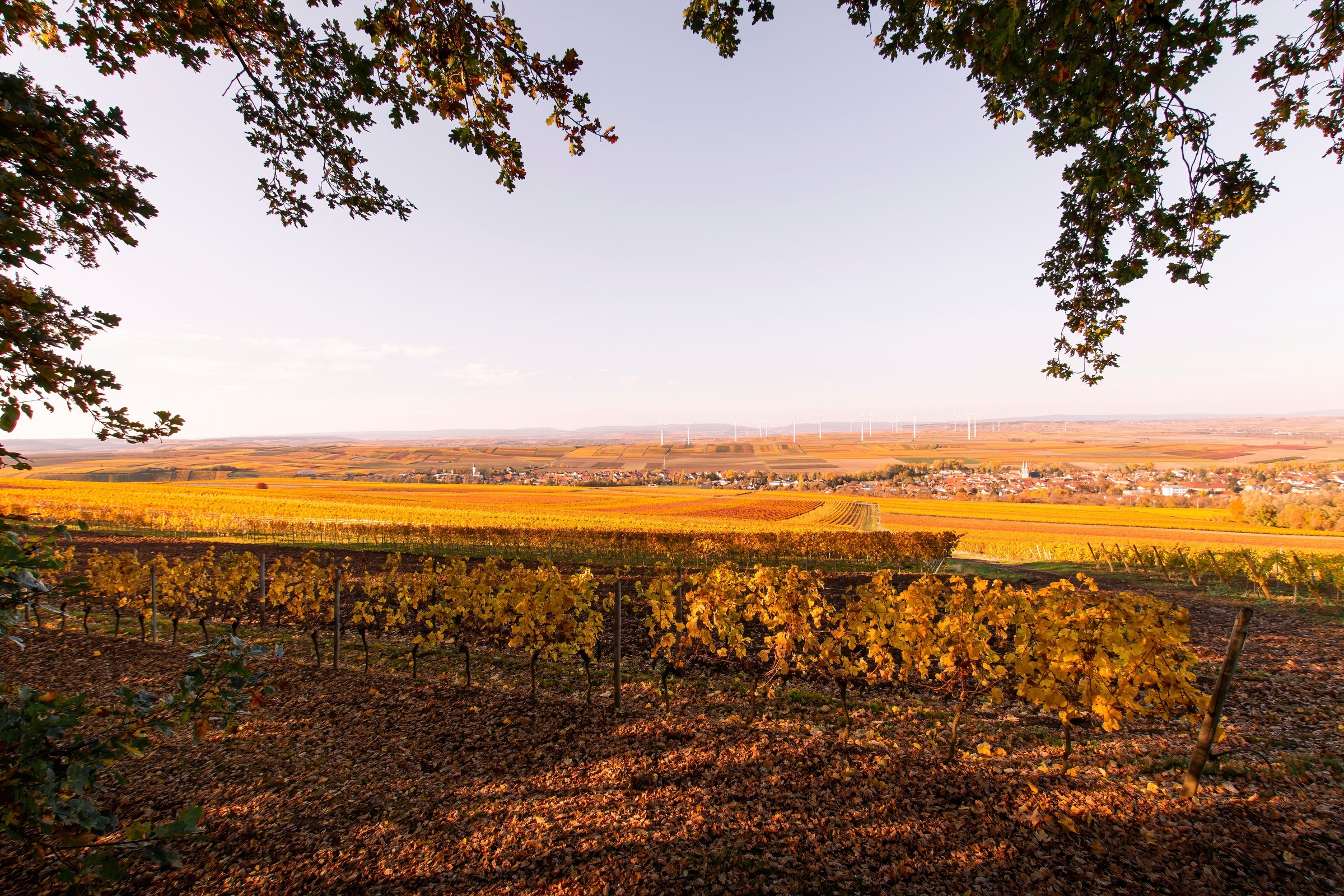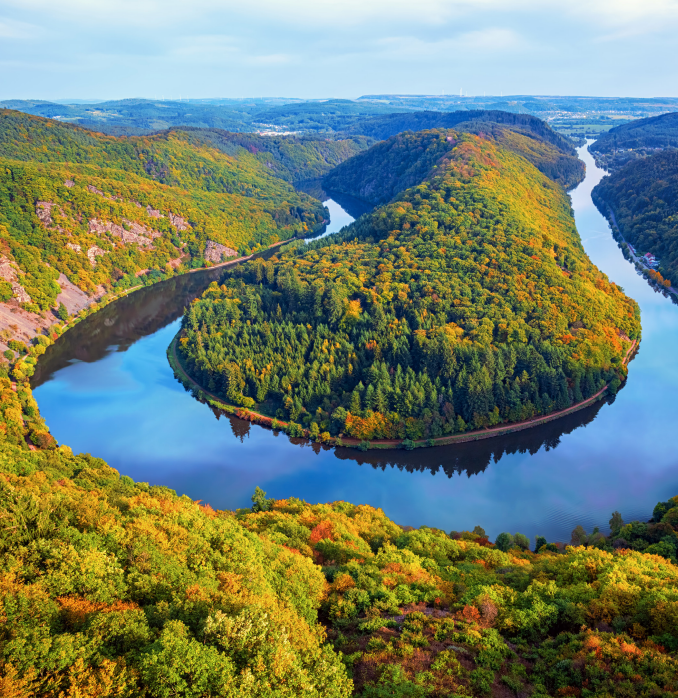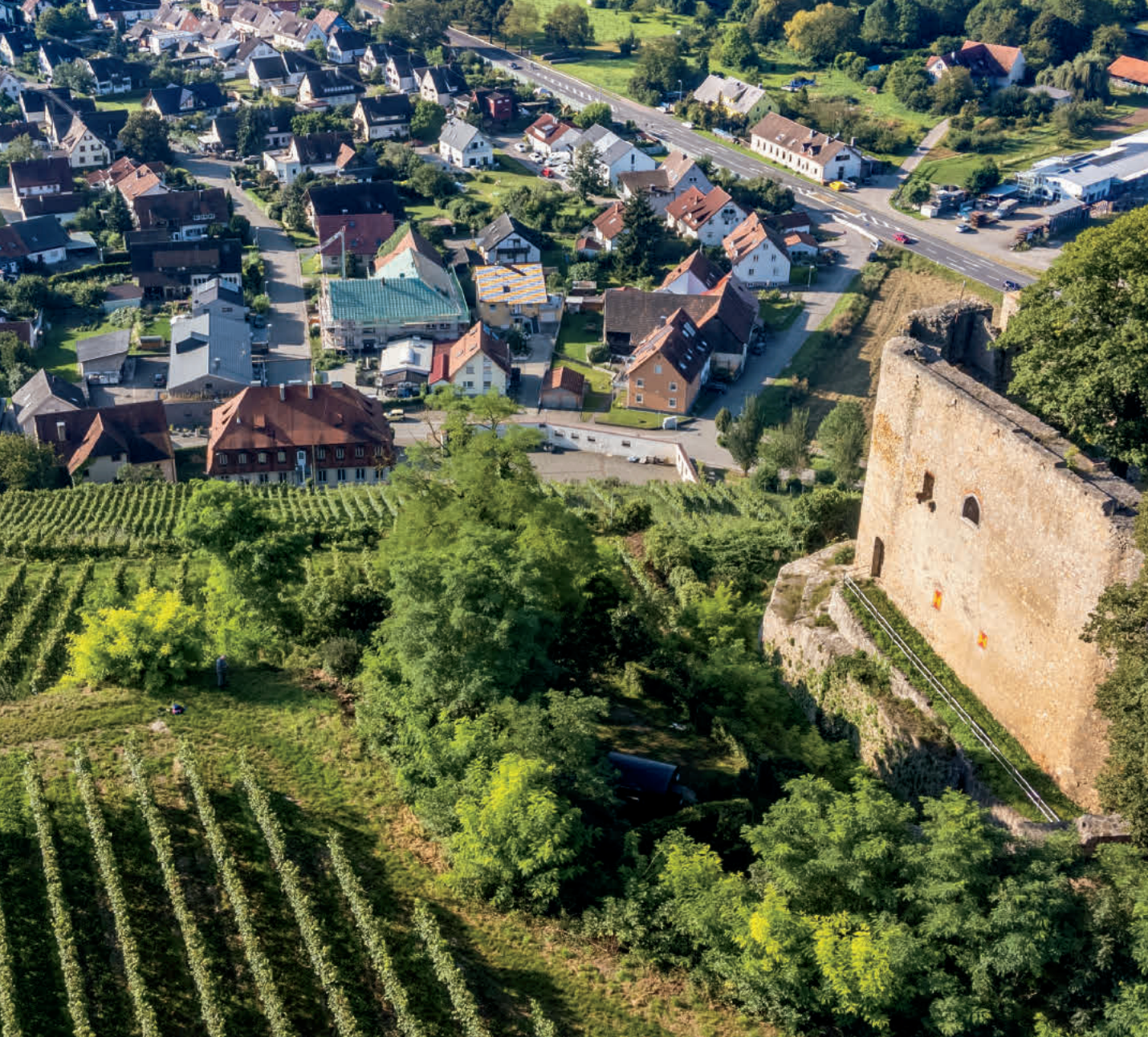There’s a reason the storied and borderline fairytale region of Mosel is a staple in every fine restaurant, a go-to in Sommelier exams of all levels, and a trusted source for the planet’s most distinct wine. Mosel is, and always will be, a coveted winemaking area that offers ancient vines, vertigo-inducing hillsides, and immense history that dates back to Roman times, as evidenced by the many vinous artifacts that have been discovered. Terroir is a very real thing here: The Mosel River slices through ancient Devonian slate and is flanked by steep vineyards that have produced great wine for centuries—and “Apotheke” is among the best of all.
This
Grosse Lage aka Grand Cru is a precipitous, don’t-look-down site that has long provided “medicinal power” (“Apotheke” translates into “pharmacy”). Call it a myth if you want, but those who count Riesling
Kabinett as a close friend will vouch to its supernatural and insanely delicious properties. The best of these wines amplify explosive crushed minerality alongside a breathtaking array of exotic, sun-drenched flavors, both combining to create a wholly unique element. Truly, the endless and chameleonic depths of off-dry Riesling cannot be matched by any other grape—not at this price, anyhow!
A couple of years back, I visited this tiny, family-owned estate and was dumbfounded to learn just how small-production it was. With such shockingly affordable prices, I was expecting a full-on factory churning out bottles every other second. Instead, the tour was over in a matter of minutes, as it consisted of an old, underground cellar no larger than my living room. Despite records indicating their ancestors were crafting Riesling in the 1600s, the Bolligs estate is a name unknown to most people, largely due to microscopic production numbers. The estate as currently constructed comes from a combination of elite vineyards, totaling just seven hectares, in the villages of Trittenheim, Dhron, Piesport. All three towns follow a contiguous vertical line down the Mosel river and each of their holdings is situated on vertiginous slate-heavy slopes. Despite their modest size, the Bolligs have made heavy financial investments in the vineyard and cellar, although they are still devoted to hand farming, and traditional winemaking with the help of their small battery of old fuders (1,000-liter barrels).
I must stress yet again that “Apotheke” is undoubtedly considered one of Mosel’s premier vineyards so what little Bollig-Lehnert owns here is treated like liquid gold—tastes like it, too, albeit with a strong current of electricty running through it. After hand harvesting their parcel within, grapes are transported to the winery in small bins to avoid any premature bleeding and/or fermentation. They are lightly pressed and the juice is transferred, via gravity, into their subterranean cellar. It is here where the wine briefly matures in upright steel tanks and old, large fuders. It is lightly filtered without any fining.
Bollig-Lehnert’s “Apotheke” Riesling Kabinett is wonderfully sweet, deliciously mineral, and one mouthwatering sip will subject you to Pavlovian conditioning. How? Mosel’s age-old magic trick is on full display: The sweetness interacts with high natural acidity and slate minerality, creating an extraordinary, piano-wire balancing act. It’s ripe, addictive, and one of the most refreshing whites you can drink in the summer heat. Serve in all-purpose stems around 45 degrees to experience a symphony of ripe exotic fruits—pineapple, green mango peel, papaya, Kiwi, Meyer lemon—and a persistent rush of finely crushed slate-y, rocky minerality. Get ready to drain a bottle in record time. Feel free to stash a few away as well—I have no doubt it will continue evolving beautifully over the next decade. Cheers!


